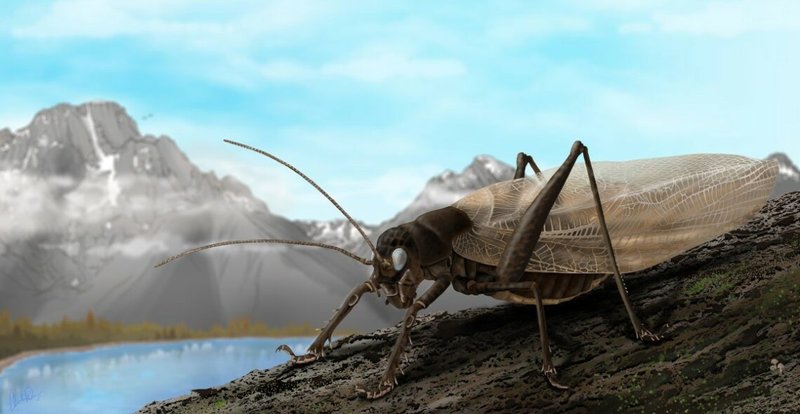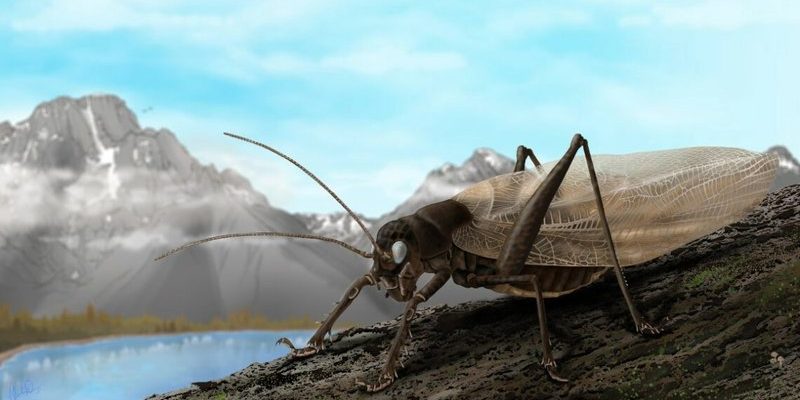
Why should we care about crickets? Well, crickets might be small, but their impact is huge. They play vital roles in ecosystems, from being a food source for many animals to contributing to soil health. Plus, their songs can offer insights into the health of our environment. So, grab your favorite drink, and let’s dive into how scientists have been studying crickets and why it matters.
The Chirping Symphony: Understanding Cricket Communication
When you hear a cricket chirping, it might just sound like background noise, but each sound has a purpose. Crickets use chirping as a form of communication, especially during mating season. Male crickets produce songs to attract females, and these songs can vary in pitch and rhythm depending on the species. Researchers have analyzed these patterns to learn more about how crickets choose their mates.
Honestly, the study of cricket songs is more than just a musical endeavor. Scientists have discovered that the frequency, duration, and even the quiet moments between chirps can tell a lot about a cricket’s health and vitality. You might be wondering how they do this. Researchers often place crickets in sound-proof chambers and record their calls. By using software to analyze the sound waves, they can determine factors like how loud or complex a cricket’s song is.
The implications of this research extend beyond just crickets. By studying their communication, scientists can draw parallels to other species, including humans! The way animals use sound can reveal information about their environment, social hierarchies, and even stress levels. For example, if a cricket’s song changes, it might indicate that the area is becoming less suitable for living—an early warning system of sorts for environmental changes.
Cricket Behavior: Social Structures and Mating Rituals
Understanding cricket behavior is another rich area of study. Crickets are social creatures, often found in large groups, but their social structures can be quite complex. Researchers have observed how crickets establish hierarchies and how these dynamics affect their mating success. In many species, dominant males tend to attract more females, leading to the question: how does this influence genetic diversity?
Studies have shown that environmental stressors, like food scarcity or predation, can impact these social structures. For example, when resources are limited, crickets may become more competitive, leading to aggressive behaviors that affect their ability to mate. Scientists use various methods, such as field observations and controlled experiments, to explore these dynamics.
Let me explain how this impacts conservation efforts. Understanding cricket behavior can help scientists create better habitats for them. If we know what stresses crickets in the wild, we can work on protecting or restoring their environments. This is crucial because crickets are important indicators of ecological health.
The Role of Crickets in Ecosystems
Crickets are more than just musicians; they play a critical role in their ecosystems. As herbivores, they help in the breakdown of plant material and contribute to nutrient cycling in the soil. But their role goes beyond just eating plants. Crickets are also prey for various predators, from birds to reptiles, making them a key part of the food chain.
Researchers have studied the impact of crickets on soil health. Their burrowing behaviors can aerate the soil, improve water infiltration, and promote plant growth. Scientists often set up experiments in controlled environments to observe how different species of crickets affect plant life and soil composition.
You might be curious about how this knowledge can be applied. By fostering cricket populations in farming or gardening settings, we can improve crop health and yield. It’s a win-win when you think about it—better plants and healthier crickets!
Crickets as Models for Human Health Studies
Believe it or not, crickets can help scientists understand human health issues as well! Their simple nervous system makes them great models for studying how organisms respond to stress, fear, and even pain. For instance, when crickets are exposed to stressors, they exhibit changes in behavior and physiology that researchers can measure.
One fascinating area of research is studying how crickets react to pain and stress. Scientists use various stimuli—like heat or chemicals—to see how crickets behave. By observing their reactions, researchers can gain insights into similar responses in higher organisms, including humans. This research could lead to better understanding and treatment of anxiety and stress-related disorders.
And here’s the kicker: crickets are also being explored as a sustainable protein source for humans! As the world faces challenges with food security and environmental sustainability, crickets are being considered as a nutritious alternative to conventional livestock. Studies on their nutritional value and farming practices are underway, promising a future where crickets could play a role in addressing food scarcity worldwide.
Crickets and Climate Change
Climate change is a pressing issue, and crickets are ideal subjects for studying its effects on biodiversity. As temperatures rise and weather patterns change, scientists are keen to observe how crickets adapt (or fail to adapt) to these new conditions. For example, crickets may shift their geographical ranges or alter their breeding cycles in response to changing climates.
Researchers have conducted field studies to monitor these changes. By setting up traps in various locations and collecting data over time, scientists can track shifts in cricket populations and their health. The results could be alarming or provide hope, revealing how resilient these little creatures can be.
By understanding how crickets respond to climate change, we can better predict how other species might fare. Crickets are often seen as bioindicators, meaning their health can signal the health of an entire ecosystem. If crickets are struggling, it might be a warning sign for other species—and for us.
The Future of Cricket Research: Opportunities and Challenges
As we look ahead, the study of crickets holds exciting opportunities, but it also comes with challenges. New technologies, like genetic sequencing and advanced imaging, allow scientists to delve deeper into the lives of these insects. For example, researchers are exploring cricket genetics to understand how populations adapt to their environments.
However, funding and support for entomological research can be scarce. As crickets play critical roles in ecosystems, safeguarding their populations is essential. To ensure we continue to learn from these amazing insects, advocacy for research funding is crucial.
Moreover, involving the public in cricket research offers a way to gather more data while educating communities. Citizen science projects where enthusiasts can record cricket populations and behaviors can contribute significantly to our understanding. By tapping into the curiosity of everyday people, we can expand our knowledge base and foster a greater appreciation for these extraordinary creatures.
Wrapping It Up: The Fascination with Crickets
So, why does all this matter? Crickets might be small, but they’re a big deal. From their unique communication skills to their important roles in ecosystems, crickets have much to teach us. Studying them helps scientists understand broader ecological dynamics, health issues, and even climate change impacts.
As we continue to explore the lives of crickets, there’s a lot more to discover. Whether through advanced technology or citizen science, the study of these insects offers endless possibilities. So, next time you hear that evening chorus, remember there’s a world of science buzzing just beneath the surface. Who knows? You might even be inspired to study crickets yourself!

